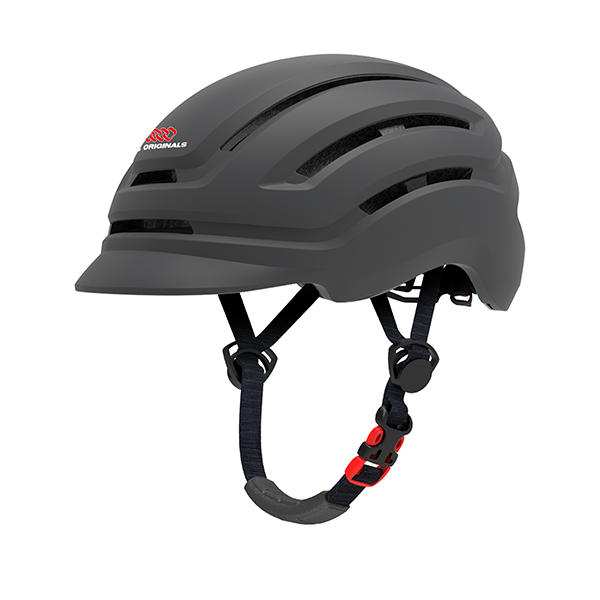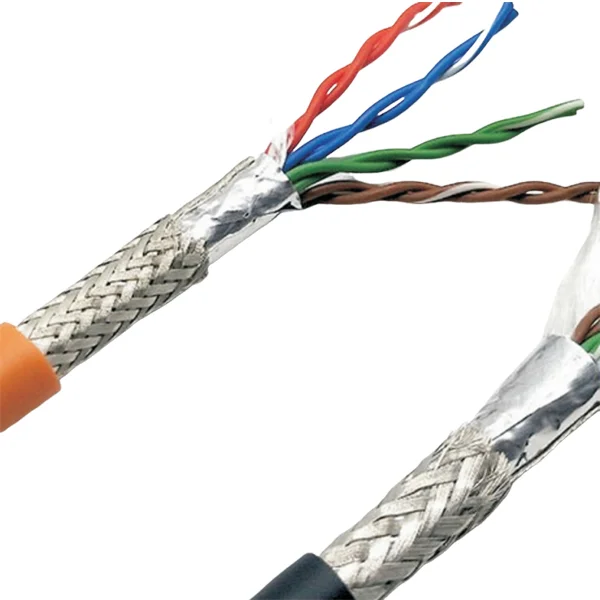As the chill of winter approaches, many homeowners turn to electric heaters for warmth and comfort. However, with the convenience of electric heating comes the critical responsibility of ensuring safety. The question arises: What is the most safe electric heater? In this comprehensive guide, we will delve into the various types of electric heaters, their safety features, and essential considerations to help you make an informed decision.
Understanding Electric Heaters
Electric heaters come in various forms, each designed to cater to different heating needs. The most common types include:
- Convection Heaters: These heaters warm the air in a room by circulating it. They are generally safe but can take longer to heat a space compared to other types.
- Radiant Heaters: These heaters emit infrared radiation to warm objects and people directly. They provide immediate warmth but can pose a burn risk if touched.
- Fan Heaters: Utilizing a fan to blow air over a heating element, these heaters provide quick heat but can be noisy and may pose a risk if placed too close to flammable materials.
- Oil-Filled Radiators: These heaters are filled with oil that is heated and then radiates warmth. They are known for their safety and efficiency, as they remain warm for a longer period even after being turned off.
- Ceramic Heaters: These use ceramic plates to produce heat and are often equipped with safety features like overheat protection.
Key Safety Features to Look For
When searching for the safest electric heater, consider the following safety features:
- Tip-Over Protection: This feature automatically shuts off the heater if it is knocked over, preventing potential fires.
- Overheat Protection: Heaters equipped with this feature will turn off when they reach a certain temperature, reducing the risk of overheating.
- Cool-Touch Housing: Heaters with cool-touch exteriors minimize the risk of burns, making them safer for homes with children and pets.
- Safety Certifications: Look for heaters that have been tested and certified by recognized safety organizations, such as Underwriters Laboratories (UL) or the Canadian Standards Association (CSA).
- Thermostatic Control: Heaters with built-in thermostats can help maintain a consistent temperature, reducing the risk of overheating.
Evaluating the Most Safe Electric Heater
To determine the safest electric heater for your needs, consider the following factors:
- Room Size: The size of the room you intend to heat will influence your choice. Larger spaces may require more powerful heaters, while smaller rooms can be adequately heated with compact models.
- Heating Speed: If you need immediate warmth, radiant or fan heaters may be more suitable. However, for prolonged use, oil-filled radiators or convection heaters may be more efficient and safer.
- Mobility: If you plan to move the heater between rooms, consider lightweight models with built-in handles. Ensure that they have a stable base to prevent tipping.
- Energy Efficiency: Look for heaters with energy-saving features, such as programmable timers and eco-modes, to reduce electricity costs while maintaining safety.
- User Reviews and Recommendations: Research user experiences and expert reviews to gauge the reliability and safety of specific models. Brands with a strong reputation for safety should be prioritized.
Conclusion
Choosing the most safe electric heater involves understanding the different types available, recognizing essential safety features, and evaluating your specific heating needs. By prioritizing safety certifications, built-in protective features, and user feedback, you can select an electric heater that not only keeps your home warm but also ensures peace of mind.



